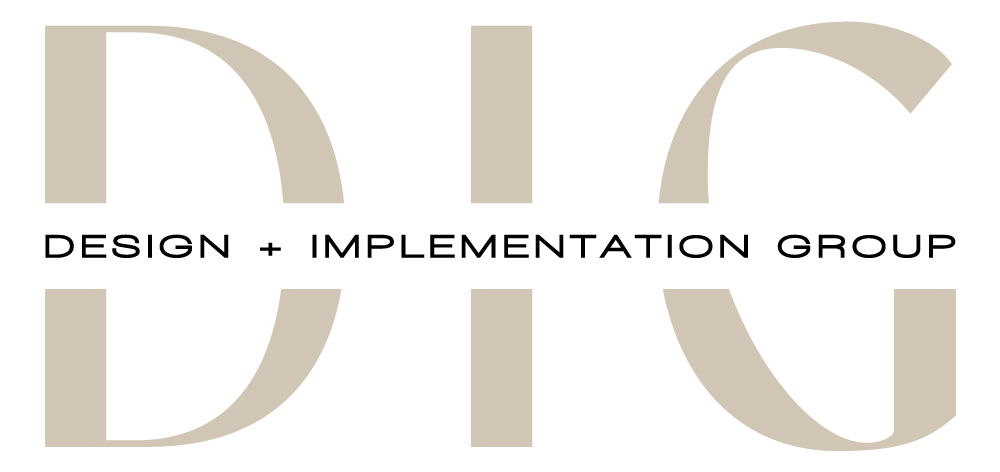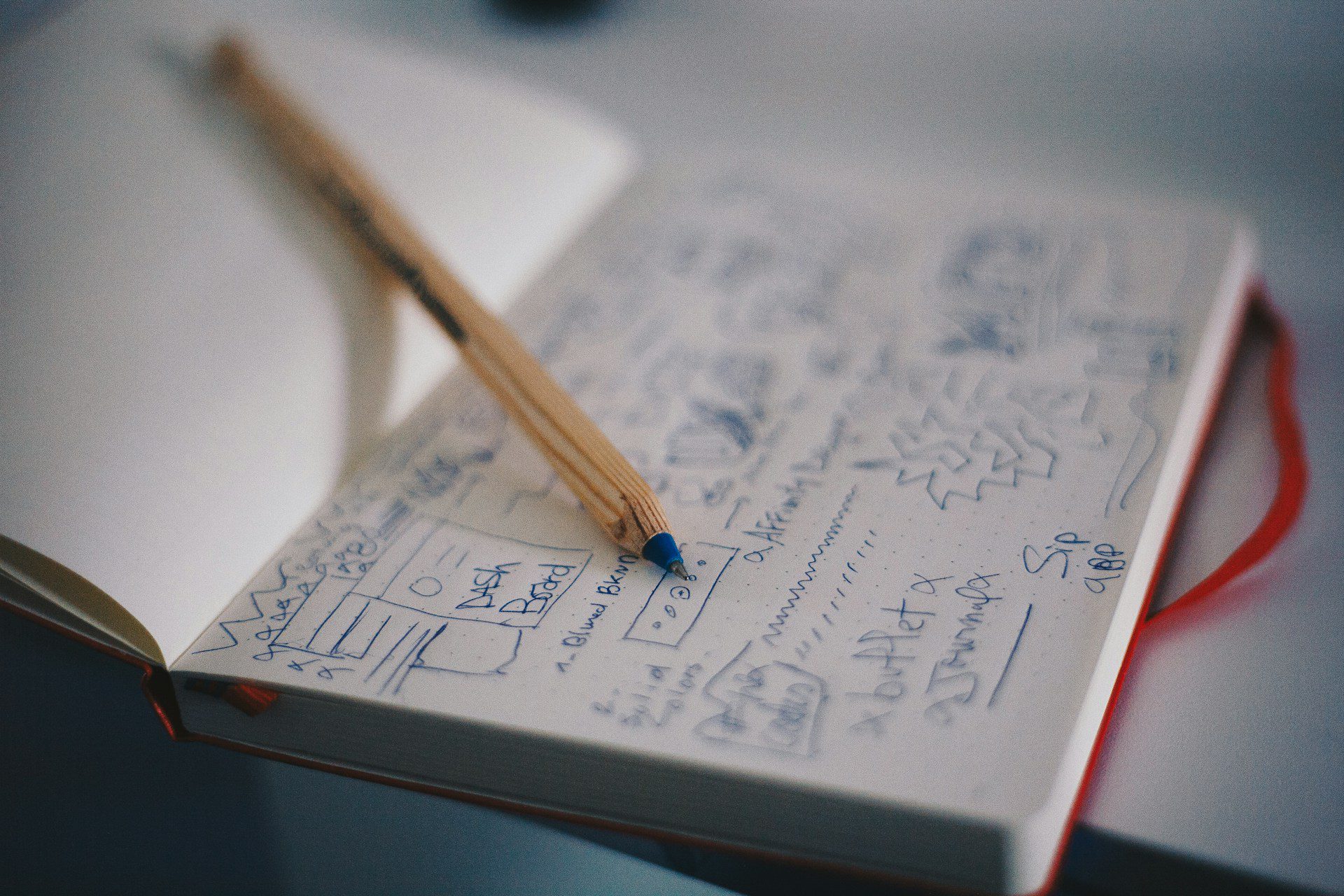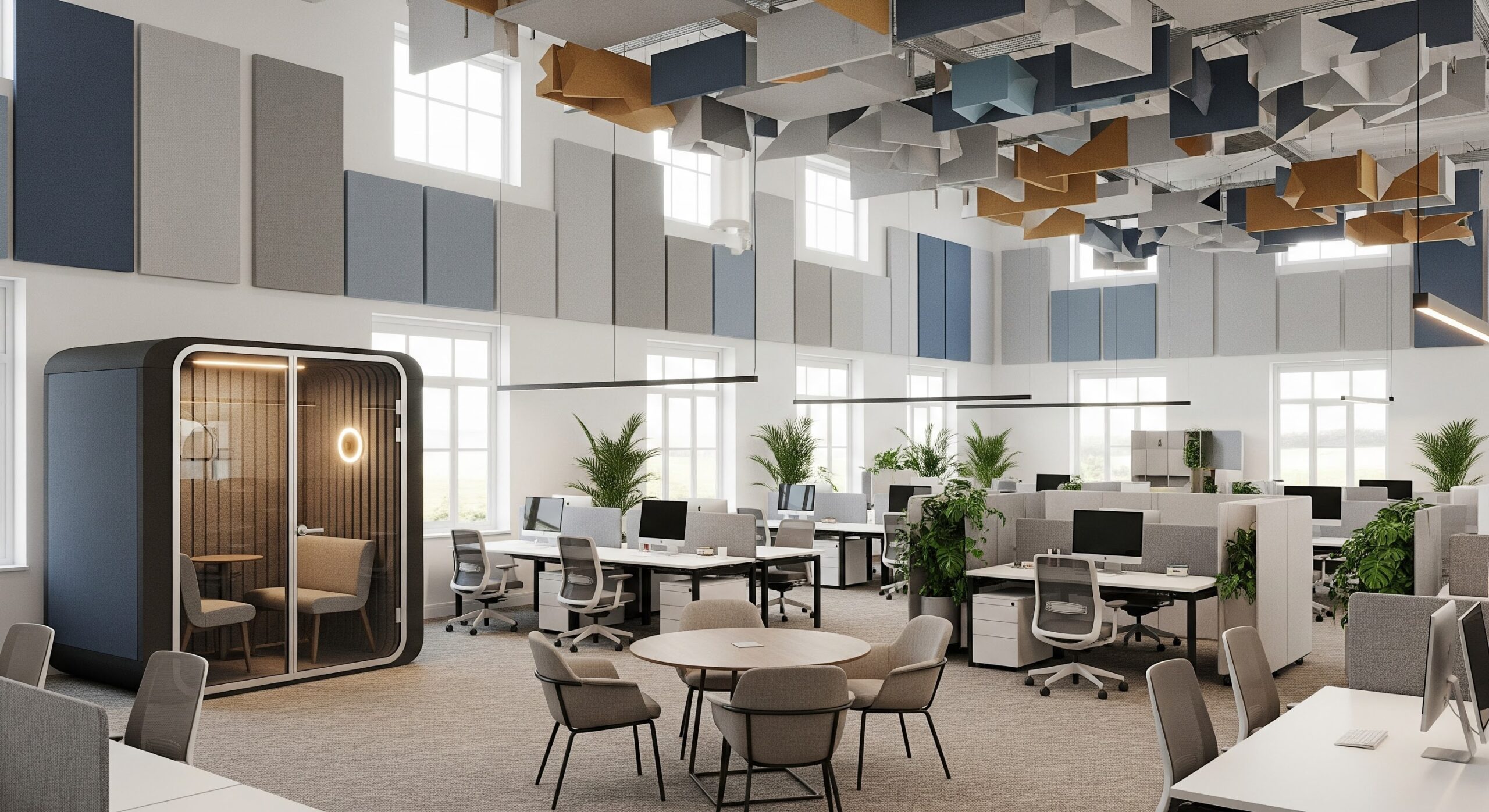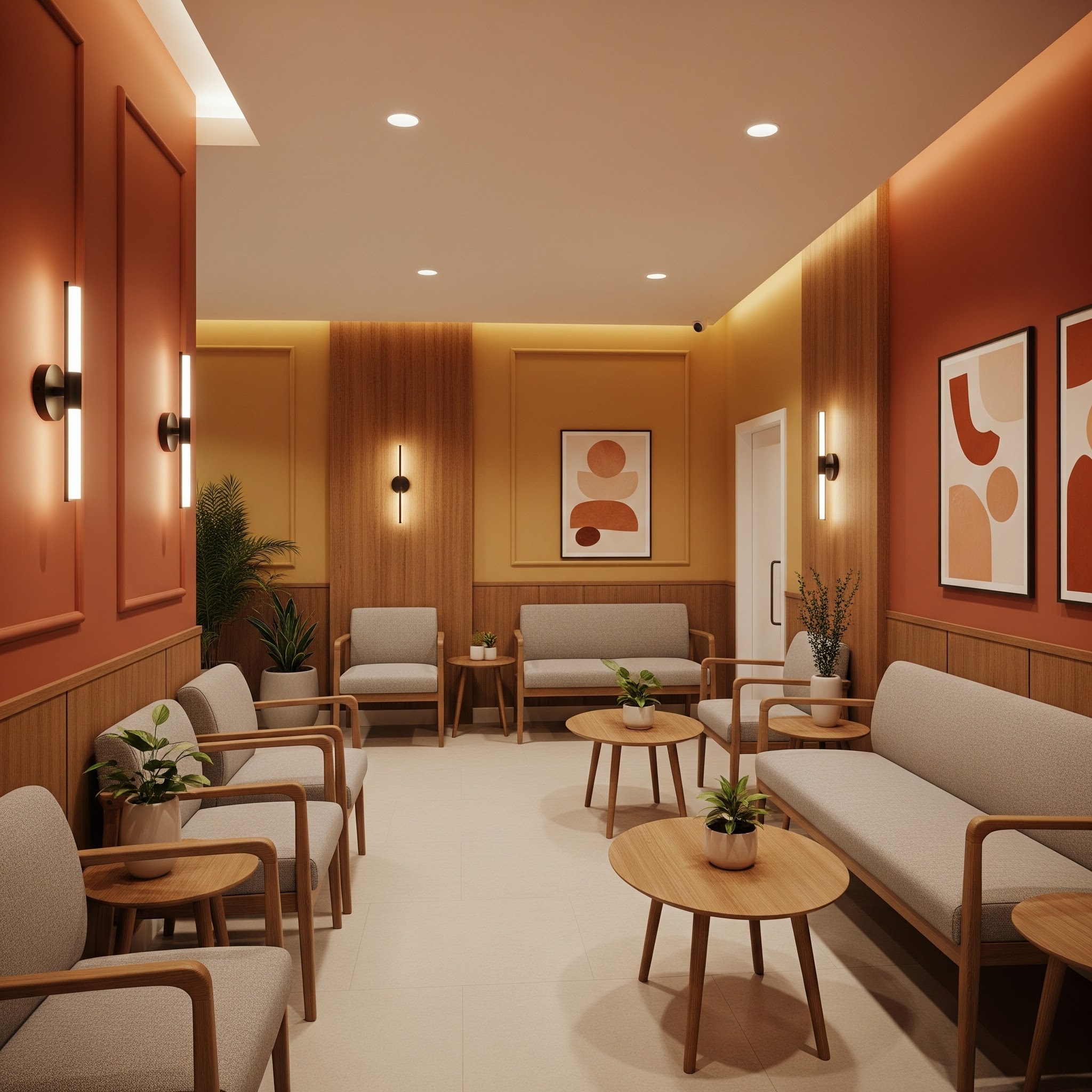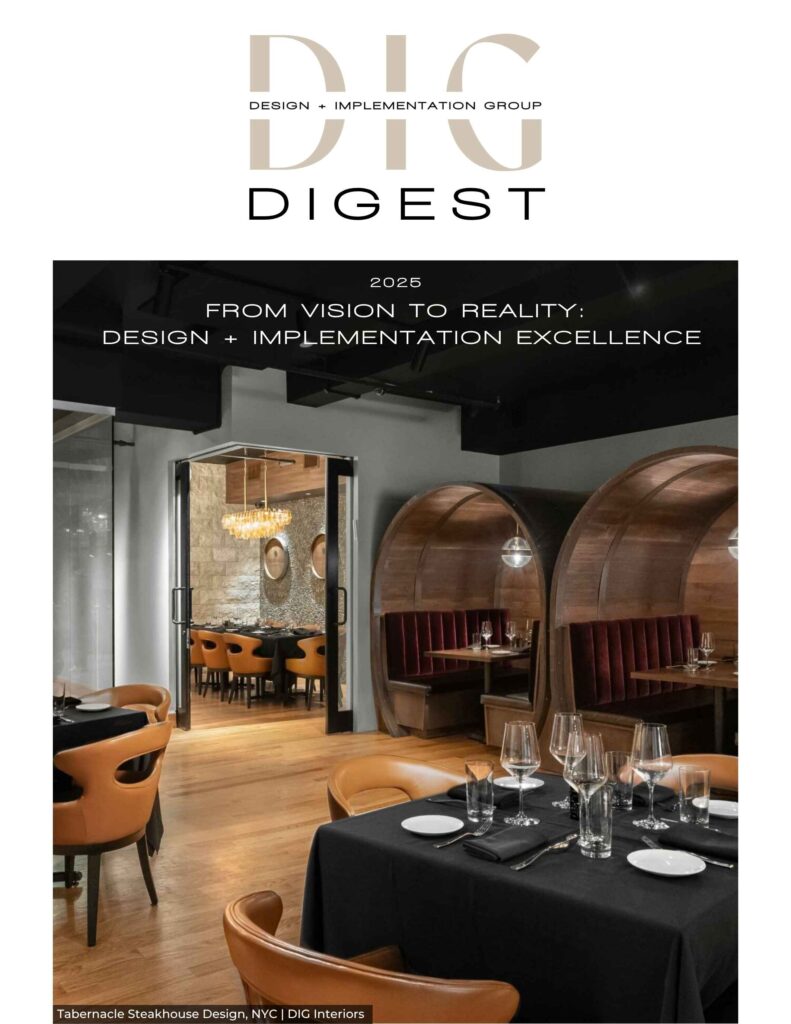Introduction
Interior design is a multifaceted field that fuses creativity, functionality, and aesthetic appeal. It’s not just about selecting paint colors and deciding where furniture should go; it’s about creating an environment that reflects the homeowner’s lifestyle and personalities. This environment is one that enriches everyday life and enhances the function of a space. This article aims to examine the various stages of an interior design project, from the initial consultation to the final execution, providing an understanding of the scope of interior design services.
Defining Interior Design
Interior design is a comprehensive profession that involves several interconnected steps. It starts with conceptual development, where designers come up with a basic idea or theme for the design. Space planning follows next, which involves arranging the interior space to make it as functional and aesthetically pleasing as possible. Site inspections are also a critical part of the process, enabling the designer to understand the physical context of the project.
Research is another vital step, where designers study the latest trends, materials, and technologies that can be incorporated into the design. Communication with stakeholders is also an integral part of the process, ensuring everyone involved in the project is on the same page. The final step is the execution of the design, where all the planning and ideas materialize into a tangible reality.
Scope of Services
Consultation
The journey of any interior design project usually begins with a consultation. This is an in-depth discussion between the designer and the client about the client’s preferences, the purpose of the space, and the budget for the project. The designer also assesses the space and its potential during this discussion, observing the room’s characteristics and considering the possibilities it presents.
Concept Development
After gaining a thorough understanding of the client’s needs and the potential of the space, the designer proceeds to the concept development phase. This phase involves the designer crafting a clear and detailed idea of how the space will look and feel. This typically involves sketching floor plans, creating mood boards to visualize the look and feel, and selecting colours and materials that align with the concept.
Design Development
Once the concept is approved by the client, the designer moves on to the design development stage. This stage involves creating more detailed drawings and specifications. The designer finalizes the design elements in this stage and selects the materials and finishes that will be used. This is also the stage where the designer begins coordinating with various vendors and contractors for the implementation of the design.
Project Management and Execution
Project management is a vital part of interior design services. The designer oversees the project from start to finish, ensuring that everything goes according to plan. This involves coordinating with various professionals such as contractors and electricians, and ensuring that the work is done on time and within budget. The execution stage is where the design comes to life, with the designer supervising the installation of furniture, fixtures, and finishes.
Importance of Understanding the Scope
Understanding the scope of interior design services is crucial for both clients and designers. For clients, it helps to set realistic expectations about what the design process involves and what the designer can deliver. For designers, it defines the boundaries of their responsibilities, helping them manage their time and resources effectively.
Conclusion
Understanding the scope of interior design services is essential for a successful project. It’s not just about decorating a space; it’s about understanding the client’s needs, developing a concept that meets these needs, and managing the project from start to finish. By understanding these aspects, both clients and designers can ensure a smooth and successful project execution.
